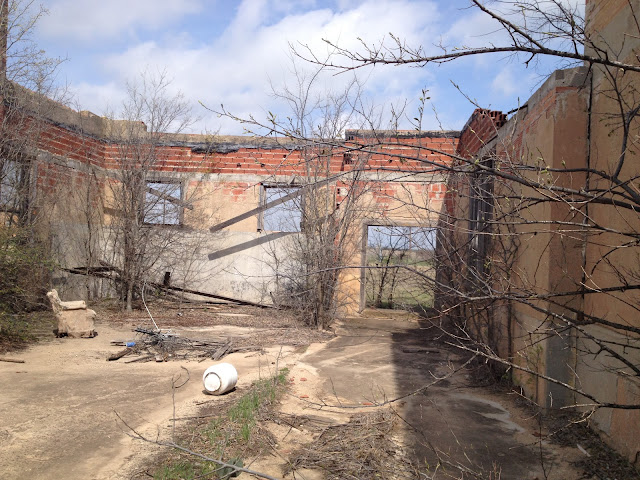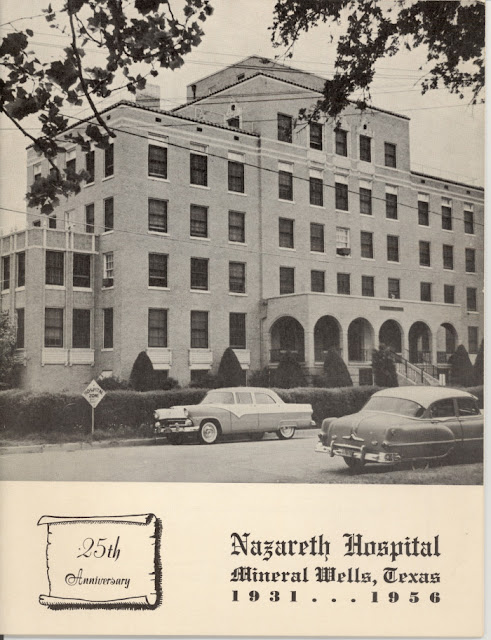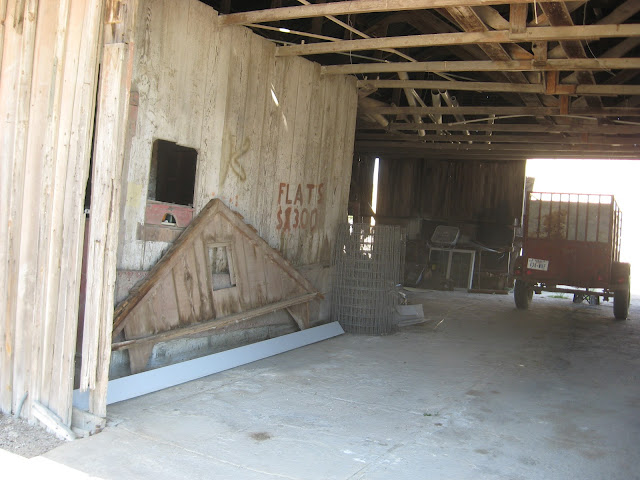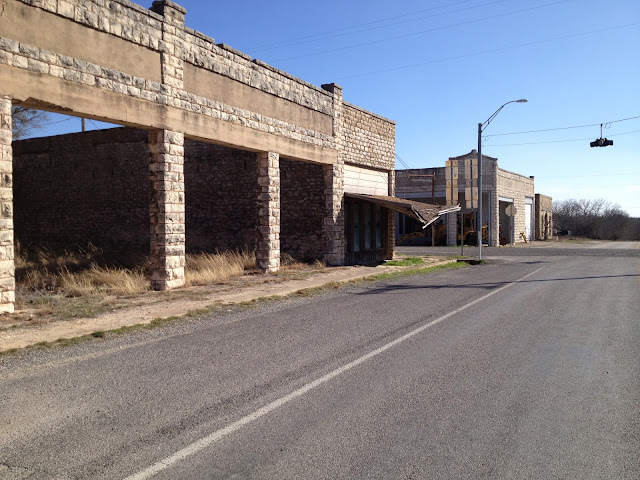Located in the North Hill Country, in Mason County,
Pontotoc is a historic little town with some fascinating ruins. Here's what the Texas State Historical Association has to say about it:
Pontotoc
is at the junction of State Highway 71 and Farm Road 501, near
Pontotoc Creek in the northeastern corner of Mason County. The spot
was formerly the junction of the roads leading from Llano and Fort
Mason to San Saba. Early settlers began arriving in the 1850s.
Benjamin J. Willis moved into the area in 1859 along with four or
five other families, and by 1878 the community was well established.
M. Robert Kidd is said to have named the town after his former home,
Pontotoc, Mississippi. Kidd also opened the town's first business, a
general store. The first post office was established in the home of
Benjamin Willis in 1880 with Ellen Willis as postmistress. Pontotoc
once promised to be a large town. The founding of the San Fernando
Academy in 1882, which at times had as many as 200 students, drew
people to the area. By 1886 the community had four stores, and by
1890 it had two doctors and more than twenty businesses, including
general stores, a market, a gin and mill, several saddle and harness
shops, a blacksmith shop, and a hotel. The main products of the
community included cotton, wool, cattle hides, and pecans. A typhoid
fever epidemic nearly wiped out the town in 1887. The town cemetery
became so full that it had to be closed in 1888, and a new one was
established. In 1890 there was a move to found a new county called
Mineral County out of parts of McCulloch, Mason, San Saba, and Llano
counties, with Pontotoc as the county seat. Mason residents
petitioned against the action, however, and the movement failed. Many
attempts were made to get a railroad through the community, but each
of three proposed railroad lines missed the town by a few miles. This
and the closing of San Fernando Academy in 1890 caused the town's
prosperity to decline. The academy building was bought by the
Pontotoc public school in 1889 and continued to be used until 1927.
Pontotoc had a newspaper, the Country
News,
founded by D. C. Boyles in 1906 and published by him, but it was
short-lived. Telephone service was established in the community by
1914. The estimated population was 196 in 1904 and rose to 300 during
the 1920s, possibly due to a nearby mica mine started by J. L.
Anderson and J. G. McNaughton in 1924. The mica was shipped to the
Ford Mica Company in New York. By 1941 Pontotoc had seven businesses
and an estimated population of 196. In August 1947 five of the town's
commercial buildings were gutted by a fire that started in a theater
owned by Steve Fickling. Although some of the stores were rebuilt,
the incident hurt the town's commerce. The population held steady at
an estimated 196 from 1933 to 1967. It rose to 206 in 1968 and
remained at that level in the mid-1980s. As of 1985 Pontotoc had a
post office, a well-service shop, a flea market, a cafe, and a
volunteer fire department. The community club included an annual
barbecue among its activities, and the local newspaper was the
Pontotoc Enterprise.
The population in 1990 was 125. The population remained the same in
2000.
























































